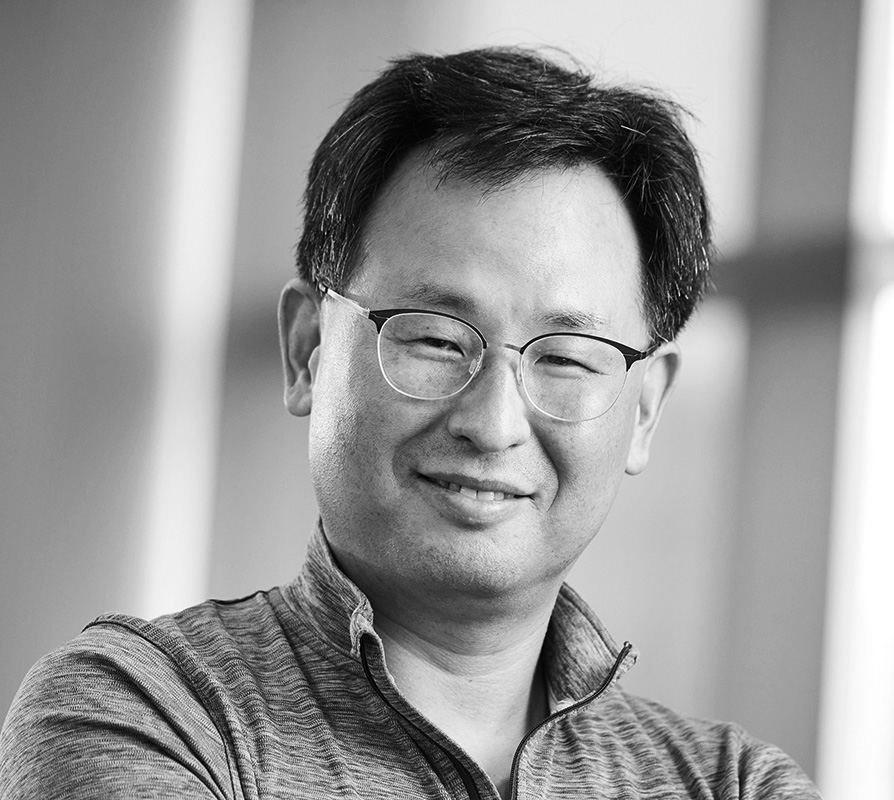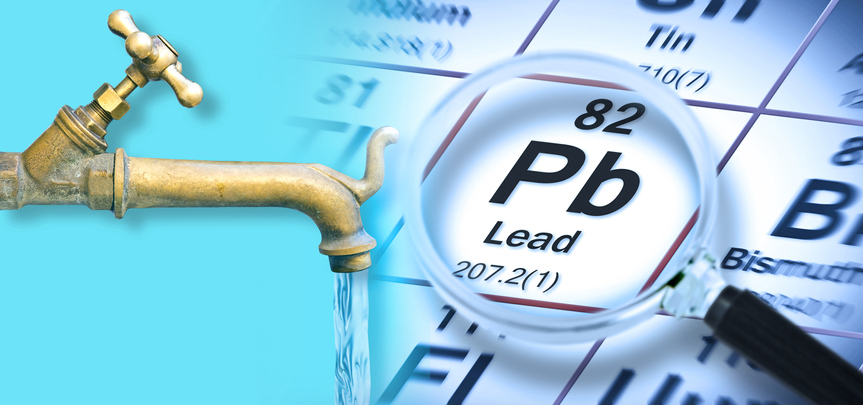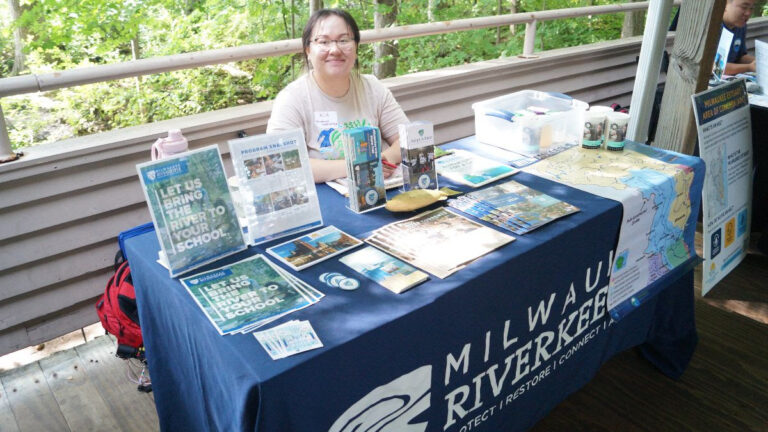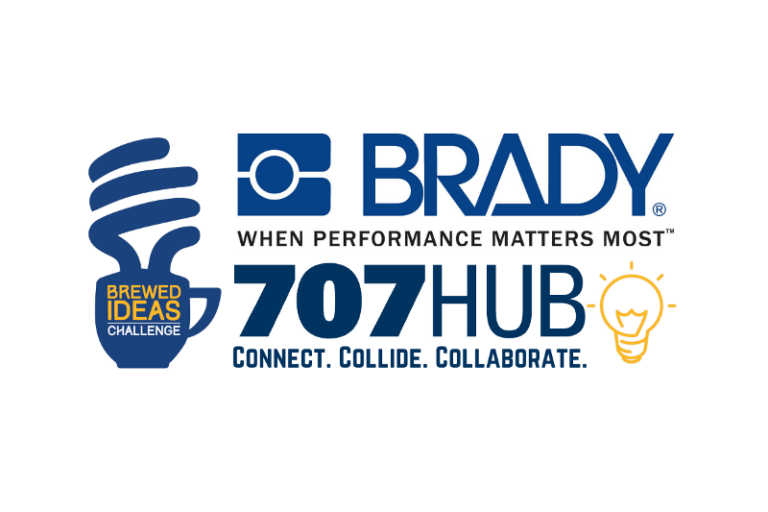Dr. Chung Hoon Lee develops waterborne lead sensor that appeals to several of the water industry’s leading companies.
For Dr. Chung Hoon Lee, associate professor of electrical and computer engineering, involvement in Milwaukee’s Water Equipment and Policy Center has been a boon. With feedback from industry partners, Lee developed a waterborne lead sensor that continuously monitors water for heavy metal contaminants without ever contacting it, thereby limiting corrosion and the sensor failures that result from it. The technology was so appealing to the water industry that it sparked a rare licensing agreement that Marquette’s Office of Economic Engagement negotiated with five WEP-member companies: A.O. Smith, Badger Meter, Pentair, Watts Water Technologies and GE Appliances, a Haier Co.
Lee’s sensor is called a block loop-gap resonator, which tests for the presence of lead and other heavy metal contaminants in water. Feedback from industry partners identified specifications for the prototype early on, such as the need for continuous detection; a cost of $1 per sensor; and the ability to easily integrate it into existing water systems.

After some trial and error and feedback from the partners, Lee made a device that looks like a small metal box pierced with a quarter-inch diameter glass tube. A water sample goes inside the tube, preventing it from contacting metal components and corroding them. Inside the box, an alternating electrical current emits microwaves that permeate the glass tube and reflect off charged metal ions in the water. Those that bounce off lead ions produce a slightly different microwave signal than those that bounce off other ions. The reflected microwave amplitudes are analyzed using a machine-learning algorithm to evaluate the concentration of lead in water.
Lee’s current prototype can be tuned to work well with water from specific municipalities but needs more technological tweaking before it’s universal. Nonetheless, industry partners recognized the potential for incorporating the technology into their products without stepping competitively on one another’s toes.



